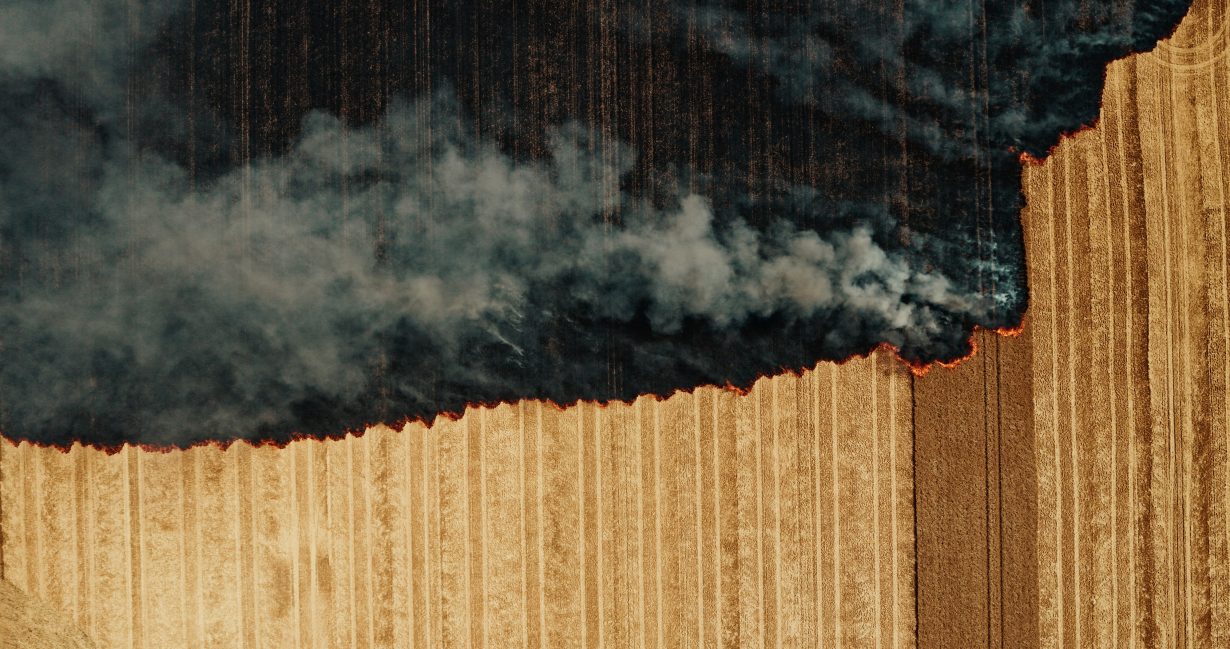The Rites of When at Art Gallery of New South Wales, Sydney explores the potential of seasonal celebration and communal ritual
Angelica Mesiti’s The Rites of When (2024), an ambitious seven-channel sound and video installation, offers a world in which we might realign with nature by revelling in seasonal celebration and communal ritual. It’s a utopic vision, filled with many lush and arresting scenes, but the broadness of its speculative approach tempers its impact. Presented in the Tank – a subterranean fuel bunker constructed during the Second World War – the 34-minute work is displayed on seven enormous screens around the edges of the space. Each screen is purported to represent one of the seven brightest stars of the constellation Pleiades (considered a sign of the changing seasons); other elements, such as the crescent-moon sofa in the centre, reference the Nebra Sky Disc, a Bronze Age artefact thought to be the earliest depiction of the constellation.
The film itself comprises two main sections bookended by telescopic cosmic sequences. Each section appears on all seven screens, whether as an array of different camera angles or a single shot spliced between them. The first, titled ‘Hibernal Solstice: The Longest Night’, begins with aerial shots of a snow-covered forest, before cutting to a carnival procession in an anonymous urban setting, where one participant clutches a mask made of branches and another adorns themselves with a crown of wheat. The second, ‘Aestival Solstice: The Longest Day’, offers a more abstract honouring of the summer harvest – footage of a combine harvester reaping a wheatfield is followed by a single-take shot of a group of performers who lift one individual after another, surrounded by a luminous gradient background.

It’s the transportive sonic world that’s the standout feature here: the polyphonic chanting of La Mòssa (an all-women musical ensemble from the South of France), which accompanies footage of the midwinter circle dance and bonfire, transforms the Tank into a pagan cathedral. A midsummer rain sequence, which a group of performers produces entirely from the percussive sounds of their bodies, makes you feel as if you’re in a torrential downpour.
The Rites of When expands on many of Mesiti’s long-standing preoccupations, particularly the collective joy of dance. The strobing finale of the second movement, for instance, with its static glimmers of dancers midflight, is a homage to the kind of cathartic release found in the nightclub or the rave. Yet, while Mesiti’s previous works are often culturally specific, the focus on ritual here is more open-ended. And although the work still draws on traditional and contemporary rituals to inform its speculation, something is lost in the transposition. In reaching for the all-embracing and the universal, The Rites of When becomes more detached.
Such generalising heightens the feeling that the rituals onscreen are performances, the scenes planned and edited. The result is luscious imagery, but it’s a gentler, almost comfortable retelling that somewhat blunts any transgressive possibilities. One appeal of collective ritual is in the thrill and danger of exceeding the self, of spinning into oblivion in the crowd. (Stravinsky’s 1913 The Rite of Spring, alluded to in Mesiti’s title, is, after all, a dance to the death, a work so filled with desire, ecstasy, sacrifice and violence that it incited a riot at its premiere.) Mesiti’s work skirts the edges of this sentiment, but it never fully arrives. If there was more of a sensation of risk in The Rites of When, then this might have added a little more heft to the installation’s beautiful flights of transcendence.
The Rites of When at Art Gallery of New South Wales, Sydney through 11 May
From the November 2024 issue of ArtReview – get your copy.
